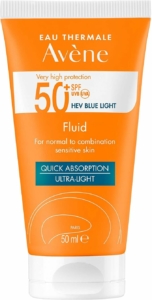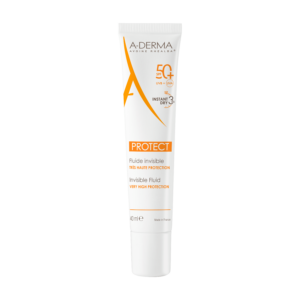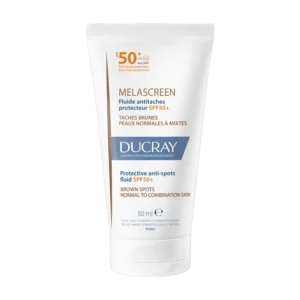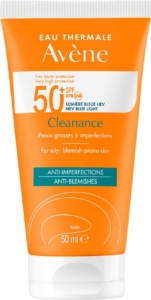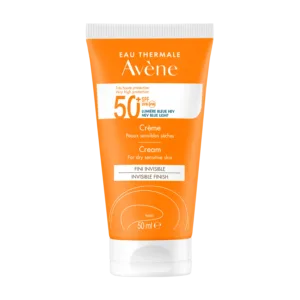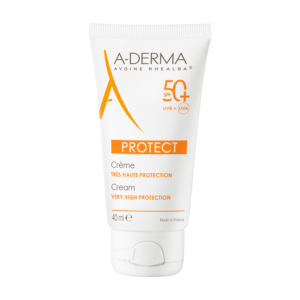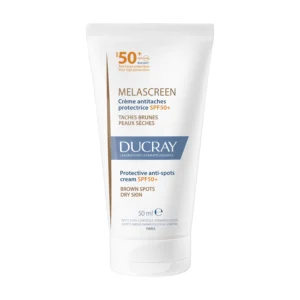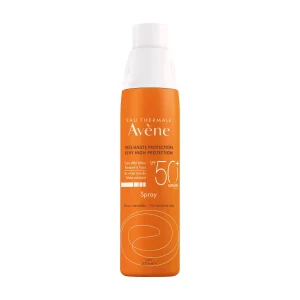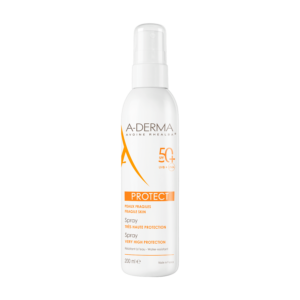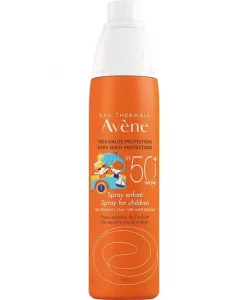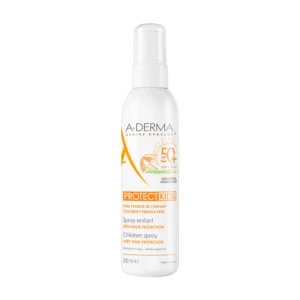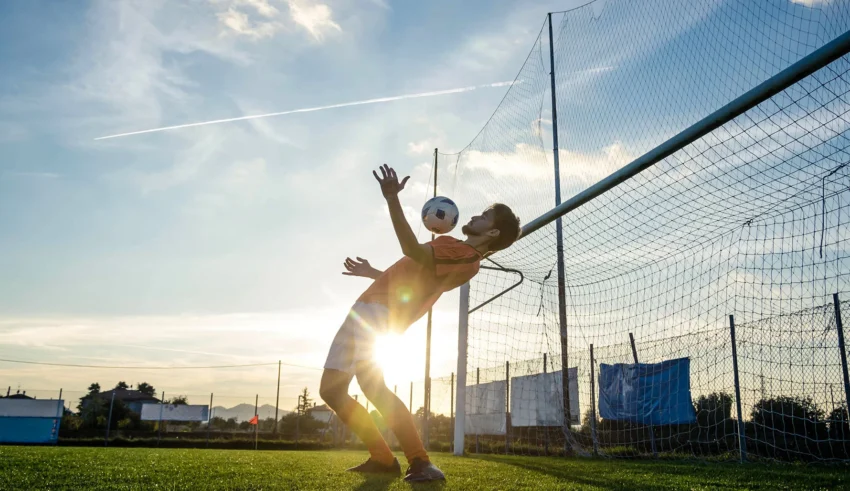
While many of us think about sun protection when we go to the beach or pool, we sometimes forget about it when it comes to participating in or attending a sporting event. Sun protection is easy and should be part of your healthy lifestyle. In this article from The Dermo Lab and in collaboration with the dermatologist Dr. Eman Kotb, we share essential tips and strategies to help protect your skin’s health while enjoying the great outdoors.
How does sun exposure during outdoor sporting activities differ from casual sun exposure?
UV rays are part of natural sunlight, but they can be harmful. There are two types of UV rays: UVA rays, which penetrate deep into the skin and can contribute to its premature aging, and UVB rays, which, after damaging the skin, can cause sunburn. Both types of ultraviolet radiation can cause skin cancer. Recognizing the impact of UV rays can help you better prepare yourself and your skin for the sun when you’re outdoors.
Dr. Eman Kotb explains that people who participate in outdoor sports are much more exposed to ultraviolet rays, regularly exceed recommended exposure limits, and run a higher risk of developing skin cancer. Consequently, people who frequently take part in outdoor leisure activities should be trained in effective sun protection practices.
According to Dr. Eman Kotb, perspiration reduces the sun protection factor (SPF) by two mechanisms: direct washing of sunscreen, which leads to a reduction in film thickness, and redistribution of sunscreen, which leads to a reduction in uniformity. Both mechanisms have a negative effect on the substantivity of the sunscreen, resulting in reduced UV protection.
What are the sun protection tips for outdoor enthusiasts?
1- Plan your sporting activities
Dr. Eman Kotb advises avoiding sun exposure between 10 a.m. and 3 p.m., and planning outdoor activities for early morning or late afternoon.
2- Seek shade
Seek shade from trees, awnings or buildings wherever possible. If shade is scarce at a sporting event, bring your own shade, such as an umbrella or portable tent. Ask your club committee to consider building a shade structure or planting shade trees.
3- Wear protective clothing
By reducing the surface area of skin exposed to the sun, you also reduce the risk of developing skin cancer. Do you notice a difference in color between your buttocks and your arms? Wearing long sleeves and long pants with an ultraviolet protection factor (UPF) is a simple and reliable way to protect your skin. If you’re feeling the heat, look for brands that offer breathability.
4- Wear a hat and sunglasses
The wider the better. Opt for wide-brimmed hats that cover your entire head, including your ears and neck. Ears, cheeks and neck remain exposed with a baseball cap. Hats made from woven materials such as straw or mesh offer limited coverage, and the holes allow the sun to sneak in. Sunglasses should carry a sticker or other seal of approval indicating that they protect you from 99% to 100% of UVA and UVB rays. If the label says “UV 400”, you’re covered.
5- Apply sunscreen
Dr. Eman Kotb points out that sun damage should be prevented by applying broad-spectrum sunscreens with a protection factor greater than 30. She adds that sunscreens should be applied 15 minutes before going outdoors. Reapply every hour, or more often if the sun is shining, you’re swimming or sweating. Even water-resistant sunscreens need to be reapplied every hour or two.
It’s important to use sunscreens that protect not only against UV rays, but also against visible light, particularly high-energy visible light (HEV). HEV light, also known as blue light, can penetrate your skin and contribute to skin aging and pigmentation. Look for sunscreens that include protection against visible light to ensure complete skin protection.
Dr. Eman Kotb explains that sun-exposed areas, which are often the head and neck, are where the majority of skin cancers occur, but that attention should also be paid to the chest and shoulders.
When looking for sunscreen, remember that there are two main types:
- Chemical sunscreens contain one or more of the following active ingredients: oxybenzone, avobenzone, octisalate, octocrylene, homosalate and octinoxate. These formulations tend to be easier to penetrate the skin without leaving a white residue.
- Physical sunscreens contain the following active ingredients: zinc oxide and/or titanium dioxide. Opt for this type of sunscreen if you have sensitive skin. However, they are more likely to leave a white residue on the skin, unless you use a sunscreen whose label says “tinted”.
Our choice of sunscreens:
For the face:
For normal to combination skin:
Eau Thermale Avène Very High Protection Fluid SPF 50+
A-Derma Protect Invisible Fluid SPF50+
Ducray Melascreen Protective Anti-Spots Fluid SPF50+
For oily and acne-prone skin:
Eau Thermale Avène Sun Cleanance Sunscreen SPF50+
For dry skin:
Eau Thermale Avène Very High Protection Cream SPF50+
A-Derma Protect Cream SPF 50+
Ducray Melascreen Anti-Spots Cream SPF50+
For the body:
Eau Thermale Avène High Sun Protection Spray SPF 50+
A-Derma Protective Spray SPF 50+
For children’s sensitive skin: (face + body)
Eau Thermale Avène Sunscreen Spray for Children SPF 50+
A-Derma Protect Children Spray SPF 50+
6- Stay hydrated
Sun exposure and increased activity can lead to dehydration. Drink plenty of water to keep your skin hydrated and healthy.
What are some myths about sun protection?
1- Black people can’t get sunburned
Dr. Eman Kotb stresses that dark skin is just as much at risk as light skin. It takes longer to see a sunburn in dark-skinned people, but everyone is at risk and should use sunscreen. Skin cancers due to sun exposure occur on all skin types, hence the importance of sun protection.
2- You don’t need sunscreen indoors or when driving
The sun’s rays penetrate the windows of cars, homes and offices. Windscreens block an average of 96% of UVA rays, but side windows block only 44%. This could be the cause of the increase in skin cancers on the left side of people’s faces, i.e. the side facing the window when driving.
3- You don’t need sunscreen if you’re only out in the sun for a few minutes
There is some debate as to how long you can be exposed to the sun without sunscreen.
However, it’s advisable to apply it daily, as the strength of the rays varies and affects people differently. Prevention is better than cure.
4- One application of sunscreen is enough
Many sunscreen ingredients are degraded by exposure to the sun. After a few hours, they become less and less effective.
5- Any sunscreen does the trick
Not all sunscreens are created equal. It’s important to look at the ingredients, especially for chemical sunscreens.
We recommend making sure the sunscreen is broad-spectrum, has an SPF of 30+ and contains zinc oxide and titanium dioxide. This will provide the best and most complete protection against UVA and UVB rays.
6- Sunscreens cause vitamin D deficiency
The desire for healthy levels of vitamin D in the body has not negated the need for sun protection to prevent skin cancer.
7- Water-resistant sunscreens are not available
Dr. Eman Kotb explains that exposure to water while swimming can cause UV filters to wash off and sunscreen films to break down, reducing UV protection. There are water-resistant sunscreen formulations that can potentially offer better UV protection for athletes.
8- Shade is sufficient protection from the sun
Sitting under a tree, awning or umbrella provides protection from the sun, but doesn’t mean you don’t need to apply SPF. The same applies to wearing a wide-brimmed hat.
The sun reflects very effectively off sand and water. If you’re in a swimming pool wearing a wide-brimmed hat, the sun will bounce off the water and onto your skin.
9- A light tan is good for your health
There’s no such thing as a healthy tan. Tanning always damages your skin.
10- It’s too late to adopt sun protection habits
Sun-related skin damage is the accumulation of a lifetime of exposure. That’s not to say there’s no point in starting sun protection later in life. It’s never too late. Starting at any time can protect you.
